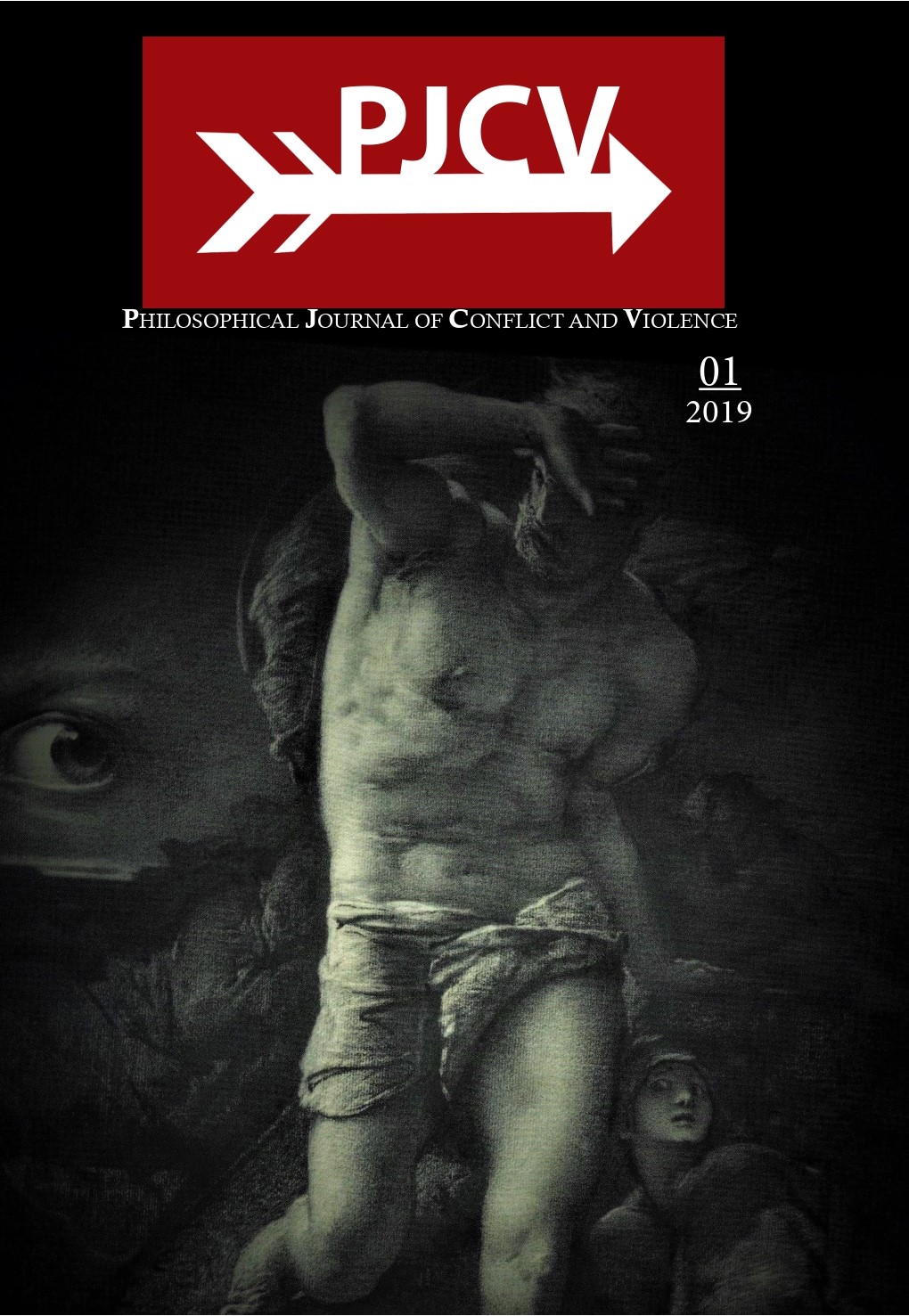In the Land of Blood and Honey. A Cinematic Representation of the Bosnian War
In the Land of Blood and Honey. A Cinematic Representation of the Bosnian War
Author(s): Dubravka Žarkov, Rada DrezgićSubject(s): Philosophy, Studies in violence and power, Film / Cinema / Cinematography
Published by: Trivent Publishing
Keywords: Bosnia; Cinematic Representations; Ethnicity; Gender; Ontological Subject Position; Violence; War;
Summary/Abstract: This paper addresses the representation of violence in the film In the Land of Blood and honey, which was directed by Angelina Jolie (2011). Internationally hailed, awarded but also hugely criticized, the film purports to be about rape camps where Muslim women were held and assaulted by Bosnian Serb forces during the Bosnian war. However, the film merges the story of rape camps with a story about a (sexual) relationship between an incarcerated Muslim woman and a Serb camp commander. Our paper analyzes the cinematic tools used to tell these two stories, focusing on what is referred to as borrowing, and suggests that Jolie borrowed liberally to tell her story. The article focuses on three types of borrowing, cinematic, literary and experiential, and looks at three visual cinematic tropes obtained from Holocaust movies, Cold War movies, and ex-Yugoslav cinematic productions. It is concluded that the film recycles an already largely discarded narrative of “a history of ethnic hatred” as a prime cause of war in the former Yugoslavia. The film’s director thus misses an opportunity to challenge the ethnicization of the region – something many local film directors havealready successfully achieved
Journal: The Philosophical Journal of Conflict and Violence
- Issue Year: 3/2019
- Issue No: 1
- Page Range: 137-152
- Page Count: 16
- Language: English

